
All categories
Featured selections
Trade Assurance
Buyer Central
Help Center
Get the app
Become a supplier

(3098 products available)
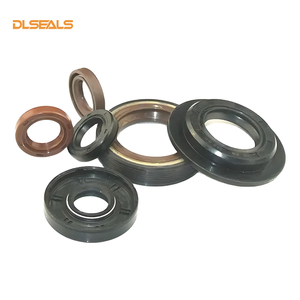


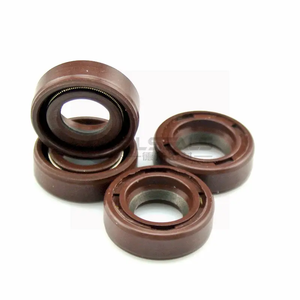



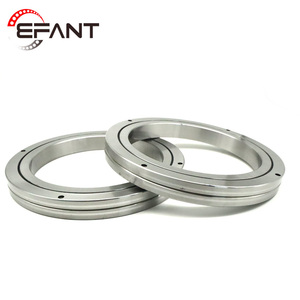












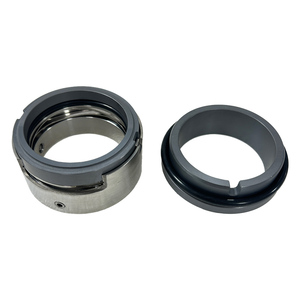





 Ready to Ship
Ready to Ship










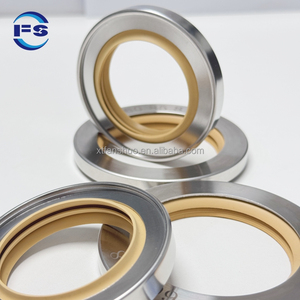

A rotating mechanical seal is a precision system that plays an important role in many operations. This is especially when it comes to sealing fluid or semi-fluid in rotating shafts.
These are the simplest type of seals. They use a single sealing element to separate the fluid from the environment or another element. These seals are mostly used in low-pressure and low-temperature situations. This is where a basic sealing function will suffice. They can also be found in less complicated machinery or equipment.
These consist of two sealing elements arranged face-to-face. This creates a barrier between the sealed fluid and the external environment. They are also known as ''bi-directional seals''. Both seals are separated by a fluid-filled chamber. This is also known as a buffer or bleed chamber. In this chamber, any fluid that might escape from the primary seal is contained. These seals are mostly used in high-pressure and high-temperature situations. This is because they provide an extra layer of protection against leakage.
These are designed to maintain a constant sealing force even as there are changes in pressure or temperature. The seal itself is made from a pliable material that can deform or change shape. It then negates the spring's expansion. A spring is embedded within the seal and acts as the energizing element of the seal. This is ideal for vacuum and low-pressure applications. It is favored when there is a need for a tight seal with minimal leakage.
Rotating seals are also called "ring seals". They are constructed from a series of interlocking segments. These segments enable flexibility and adaptability in various sealing applications. Due to their modular design, segmented seals are able to be custom-fit to certain sizes. This makes them great for large or specialized shafts.
Mechanical face seals are made of two primary faces that comprise the sealing surfaces. These are perpendicular to the rotating shaft. One face is stationary while the other is mechanically linked to the shaft, allowing it to rotate. Face seals are mostly used in aerospace applications. Especially when there is a need for low friction and good sealing performance.
These seals are mostly made of premium-quality stainless steel. This gives it a superior resistance to corrosion, wear, and extreme temperatures. In addition, it provides excellent durability in harsh operating environments.
These materials are renowned for their flexibility and ability to conform to surface irregularities. This makes them an excellent choice for creating airtight and watertight seals. They are also adaptable to a wide variety of applications. Common types of elastomers found in mechanical seals include nitrile rubber. Nitrile rubber is especially resistant to oil and chemicals.
Ceramics are used in mechanical seals mainly for their hardness and wear resistance properties. Commonly used ceramic materials for mechanical seals are alumina and silicon nitride. Silicone nitride seals are often used in high-performance applications. Such as in aerospace or semiconductor manufacturing.
Carbon seals work by providing a smooth sealing surface that minimizes friction. This reduces wear on both the seal and the counterface it contacts. They are commonly used in face seal designs. Here, they serve as one of the two sealing surfaces.
PTFE is normally combined with a metallic or ceramic counterpart. This creates a durable and chemically resistant seal. Prime examples are in high-temperature applications. In these applications, the unique qualities of PTFE come in handy due to their ability to withstand extreme temperatures. They also help in ensuring longevity even under challenging conditions.
High-dependency rotating seals are used to maintain the integrity of fuel, oxidizers, and hydraulic fluid systems. These seals operate in a vacuum and under extreme temperature variations. This factors in the need for high-quality seals to ensure system reliability.
In this sector, seals are critical to maintaining the integrity of bioreactors, fermentation vessels, and other equipment. Here hygiene and contamination prevention are the norms. The seals are therefore used in ultra-clean or sterile environments. They ensure product quality and safety in highly-regulated production processes.
Mechanical seals play an important role in ensuring the safety and integrity of operations. Particularly in downhole pumps, compressors, and other rotating equipment. As this industry operates in extremely harsh environments with high pressures and temperatures. The seals are also used to withstand such challenging conditions.
Rotating mechanical seals are used in a variety of applications. These include engines, transmissions, water pumps, and other components. In this space, leakage prevention has to be prioritized. This is especially for fluids like oil, coolant, and transmission fluid. Hence durability demands to counter everyday wear and ensure long-lasting performance.
Here, seals are used in applications ranging from pasteurization to packaging. Their main role is to prevent contamination while also ensuring that the seal is safe for use in food-related environments. Since this space encounters a diverse range of chemicals, high temperatures, and mechanical loads. Seals must then be resistant to corrosion and facilitate sanitation.
These include pressure, temperature, and the types of fluids encountered, which determine the seal's material. PTFE or Carbon fiber for low and high temperatures, respectively, or elastomers for moderate ones.
In some cases, these standards can be hygiene requirements, certification mandates, and exposure to dangerous conditions. This usually happens in pharmaceutical or food industries. In these scenarios, only face seals or spring-energized seals can be used. They comply with more stringent sealing requirements.
Rotary seals with simpler designs like single seals are easily accessible. During this cost consideration phase, the price may be a vital driver. Nevertheless, sealing solutions like tandem seals tend to be more resourceful in the long run. This is especially when factoring in seal replacements and the potential leakage costs.
This refers to the seal material and design being compatible with the machined surfaces they are in contact with. For instance, a Rubber gasket will work better on a smooth polished surface than a ceramic seal. While metal-clad seals provide a better locking grip on rougher surfaces. This is more so after photochemical etching.
If an application requires specific dimensions or unique geometries, a custom rotating seal may be the best fit. Rotating seals are mostly used in industries with highly specialized equipment. Such as aerospace or semiconductor manufacturing. Here, standard seals might not deliver the expected performance.
The changing of seasons does the trick by causing varying temperatures along with the fluctuating humidity levels. These factors affect the materials used in the seal's construction. It is particularly typical for PTFE-embedded seals to adjust their size. They do this to maintain a tight seal regardless of temperature changes.
Static seals are used in applications where there is no movement. For instance, between two fixed components. On the other hand, rotating seals are specifically designed for situations involving rotation. Such as shafts in pumps or compressors. They also cope with dynamic stresses. This makes them ideal for machinery susceptible to continuous motion.
Generally speaking, rotating seals have low maintenance needs. Regular inspections for signs of wear, corrosion, or leakage, are necessary. Afterward, the working environment has to be monitored to ensure it does not adversely impact sealing materials. This is particularly true in the aerospace industry, where seal wear is assessed frequently without disassembling machinery.
Rotating mechanical seals are made from several materials, each serving a unique purpose in enhancing the seal's performance. PTFE seals are notable for their outstanding chemical resistance properties, while elastomers are praised for their flexibility. Although less used, carbon seals provide smooth sealing surfaces.
These seals can handle low-pressure applications quite effectively, especially single mechanical seals. They are useful in low-demand environments like the food and pharmaceutical processing industries. They help keep contaminants out. As a bonus, their minimal pressure resistance makes them adaptable and versatile.